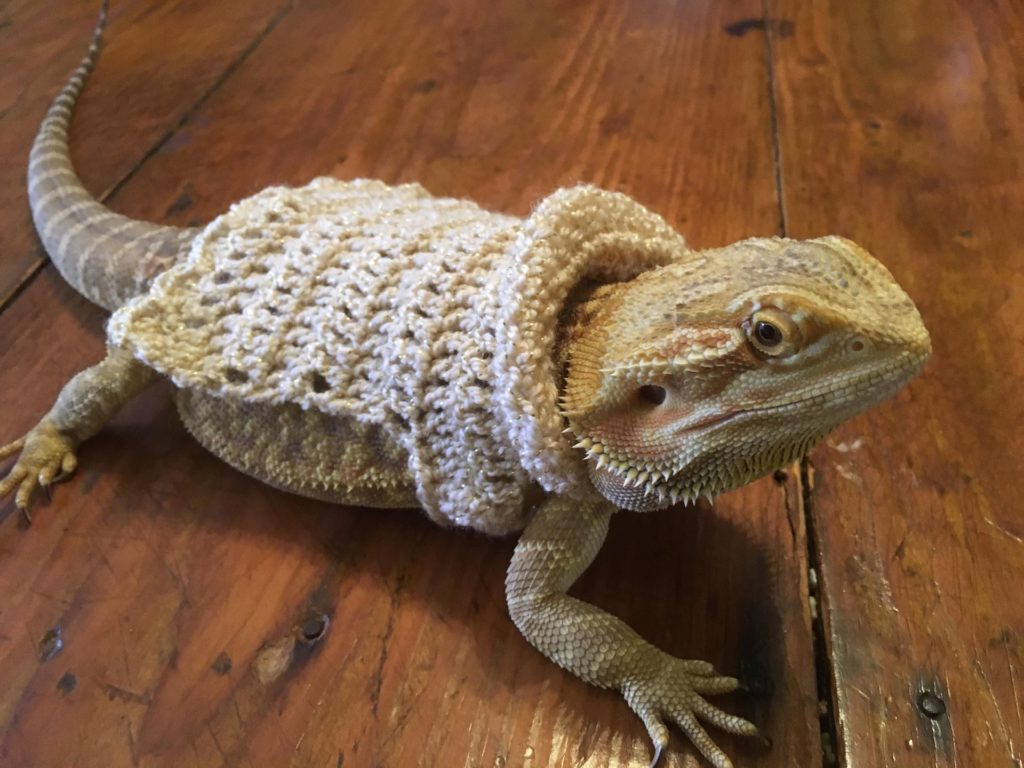
TEXTILE ARTS ARE FOR KIDS, TOO! HERE’S WHY.
by Julia Reddish
Creativity is one of the great strengths of human beings. The ability to make and create things is not innate, it is something that must be practiced and honed. By starting children working with textiles at a young age you nurture their ability to solve problems, develop numeracy, increase fine motor skills and, most importantly, be creative!
Crafts like knitting, crocheting, weaving and sewing are great introductions to making for children. The materials are easily obtained, and the techniques can be taught easily. In younger children who are still creating neural pathways between their minds and bodies, simple fiber arts like rug loom weaving and sewing help them hone their fine motor skills. Knitting is well suited for older children who are developing their fine motor skills as it has a heavier focus on using both hands at once. The repetitive motion can also be calming for very active children and provide a zen like state of mind. Keeping all those stitches on the needles is also an excellent exercise for practicing patience and problem solving!
Crocheting is excellent for children because it has a focus on pattern recognition and helps them develop dexterity by using both hands at once on a task. Pattern recognition is an essential skill in everyday life and can be honed with crochet. Crafts like crochet rely on a building structure of stitches to create flat or three-dimensional shapes. A student who has learned to see the V shaped stitches in their crochet project and how increasing and decreasing affects the shape of their piece can create whatever their heart desires. This is building the capacity to solve problems. Students must notice mistakes, keep count of their stitches, and focus while crocheting.
Introducing how knitting and crocheting patterns are made to children in middle school is an excellent way to reinforce basic math concepts and numeracy. Creating patterns reinforces basic math concepts and is an excellent example of how math can be applied to real life. A child that can create their own crochet patterns or thread a needle is the same child that can think through math problems and ace science tests.

Take this real-life example of a student of mine who wanted to create a sweater for her pet lizard. She measured her lizard and found that the sweater needed to be four inches long and to go around the lizard’s middle it needed to be two inches. After creating a 1”x 1” swatch with her yarn she found her gauge was 5 stitches an inch and 5 rows an inch. With this information she calculated that she’d need to cast on 10 stitches and knit for 20 rows in order to create a tube of the right size and length. This student was 10 years old and these math concepts are usually taught much later but through crochet she has a solid foundation of basic math skills to build upon. Once she reaches middle school, she’ll be leagues beyond her peers thanks to her experience with fiber arts!
Introducing fiber arts at a young age and continuing that education though the school years has a myriad of benefits, from improved problem solving and better math skills to enhanced hand-eye coordination and bolstered creativity. Working with their hands will serve young students for the rest of their lives. So, reach out to the children in your life and help them learn a textile craft today!
2 Comments
Leave a Comment
You must be logged in to post a comment.

Fantastic! Extremely well written! Only 1 typo. Last paragraph, though needs an r.
Will fix that now. Thanks!